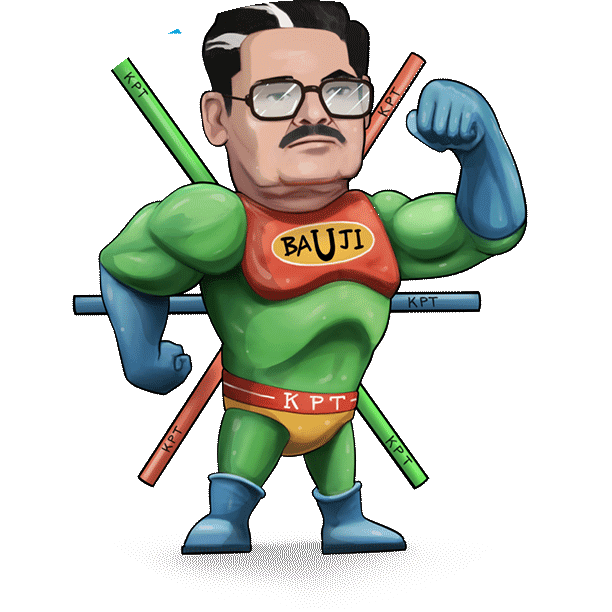
22 Oct Everything You Need to Know About How PPR-C Pipe is Manufactured
PPR-C pipe is an essential part of any building, whether it’s an apartment building, commercial structure, or even a home. PPR-C stands for polypropylene random copolymer, and this type of pipe is durable and able to withstand the elements, making it an ideal material to use in all kinds of construction projects. If you’re curious about how PPR pipe is manufactured and the manufacturing process, read on…
Meanwhile, if you are looking for the best plumbing pipes company in India, you can reach out to us. KPT Pipes is among the top plumbing brands that provide high-quality plumbing solutions.
The manufacturing process
PPR pipe forms with granules of plastic that are heated and stretched around a steel mandrel. While the plastic cools, the mandrel moves and pulls it into shape, forming a pipe. That pipe then moves through smaller cuts until it reaches its final diameter. Finally, it goes through an extruder where Cold water cools the pipe, as it passes through a vacuum, and cuts off any excess material.
The raw materials
PPR pipe is made from a mixture of polypropylene resin and filler material. These are mixed in a large tank and heated until they have become one uniform substance.
After the mixing process, this substance is injected into the molding machine, where it undergoes several cycles of cooling, solidifying, and ejection from the molding machine so that it can be cut into lengths for shipping.
Finally, the pipes are packed and shipped to their final destination, where they will be ready for installation by a plumber or contractor!
The machinery
Now that we have learned about the raw material utilized in preparing PPR pipes, let’s learn about the machinery process.
PPR pipe is formed by being extruded through a machine called an extruder.
The pipe then goes through a process called drawing. The heated material passes through cold water that cools the polymer into its new shape, allowing them to cool so they can be cut without breaking. What happens at the end?
The steps involved in manufacturing PPR pipes begin with the gathering and sorting of raw materials. The raw materials used to create PPR pipes come from different sources, such as crude oil or natural gas. Once the natural material has been gathered, it goes through a process called purification.
This process removes the impurities present in the material so that it can be recycled without any problem when it reaches its end life cycle.
Quality Control and Conclusions
PPR pipe is manufactured in a step-by-step process that includes the following:
- Extrusion
After this, the pipes are cut and sealed. Quality control steps include testing for leaks by pressuring the pipes, checking for air bubbles, and inspecting them visually. The final step is packaging the product for shipment.
One of the essential benefits of PPR pipe manufacturing is its sustainability. The pipes are made from a natural resource (polymer resin) that can be recycled, which helps reduce environmental pollution and save energy consumption during manufacturing.
This material is highly durable and resistant to corrosion, making it an excellent choice for interior or exterior use on long-lasting projects like sewage systems and bridges.




